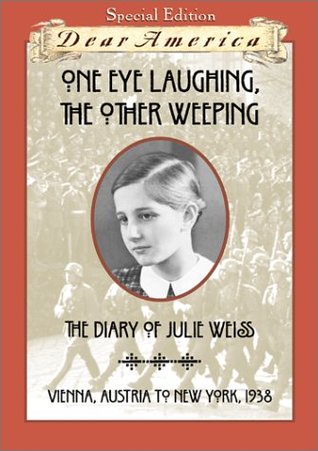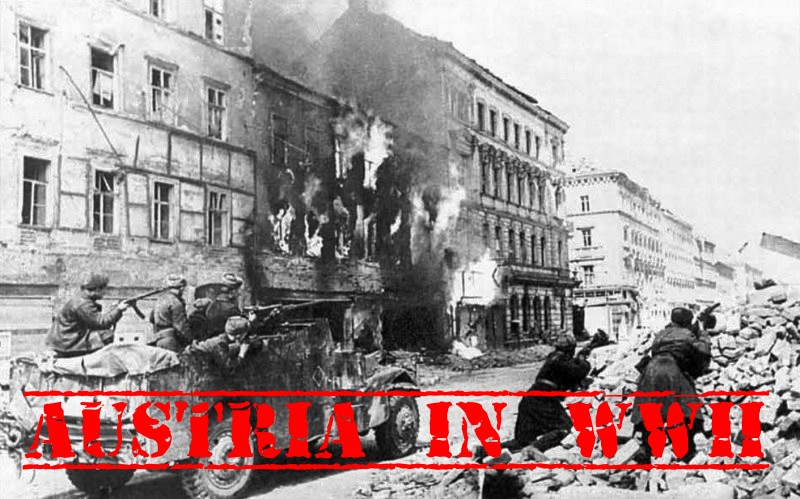One Eye Laughing, the Other Weeping
One Eye Laughing, the Other Weeping The second book featured in the History Series. One Eye Laughing, the Other Weeping, a Dear America diary by Barry Denenberg. Summary: Julie Weiss… Read More »One Eye Laughing, the Other Weeping

